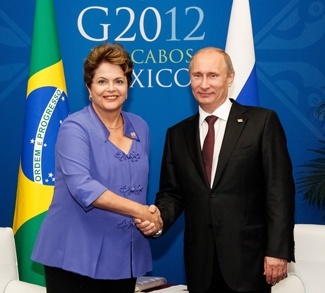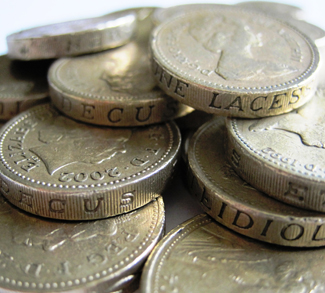Emerging markets played into the popular narrative during the build-up to the US Federal Reserve’s rate hike December. Back then one of the persistent points in the ‘don’t hike’ column was the potential impact a stronger US dollar would have on emerging market currencies. The monetary hawks argued that it wasn’t within the Fed’s mandate to consider potential impacts outside the US economy. The doves argued that it wouldn’t take long for any emerging market rout to resonate on Wall Street. Even the IMF chimed in in October, warning that emerging markets would be hit hard by any monetary normalization in Washington.
The hawks won a minor victory, and the Fed’s reference rate was hiked 25 basis points in December. But now there’s a new threat to emerging market currencies, one that is already compounding the Fed’s impact – the Chinese economy.
2016 kicked off with financial earthquakes in China. The Shanghai Composite – which crashed and then achieved a moderate recovery in the second half of 2015 – plunged in the New Year’s first day of trading, and the market’s now defunct circuit-breakers cut off trading two days before the system was scrapped last week. The index is down 15% so far in 2016, and several analysts are predicting that there are more losses to come.
The China rout is down to a variety of factors – clumsy and unpredictable government interventions, weakening economic fundamentals, and a depreciating yuan (after years of stability, the yuan is down 1.5% in 2016). All of them are resonating in emerging market economies, particularly changes in how the Chinese government sets the yuan’s exchange rate.
A big problem that’s adding to volatility is that no one really knows how far the yuan will be allowed to drop. Last year’s modifications to the reference rate mechanism caught many by surprise, as did the steep dips witnessed over the first week of 2016. Some suspect that policymakers are looking to bring about a slow yet major downward adjustment in the yuan’s value. This would suggest that the Chinese economy is in worse shape than the official numbers show, and the government is attempting to kick-start exports with a more competitive exchange rate.




